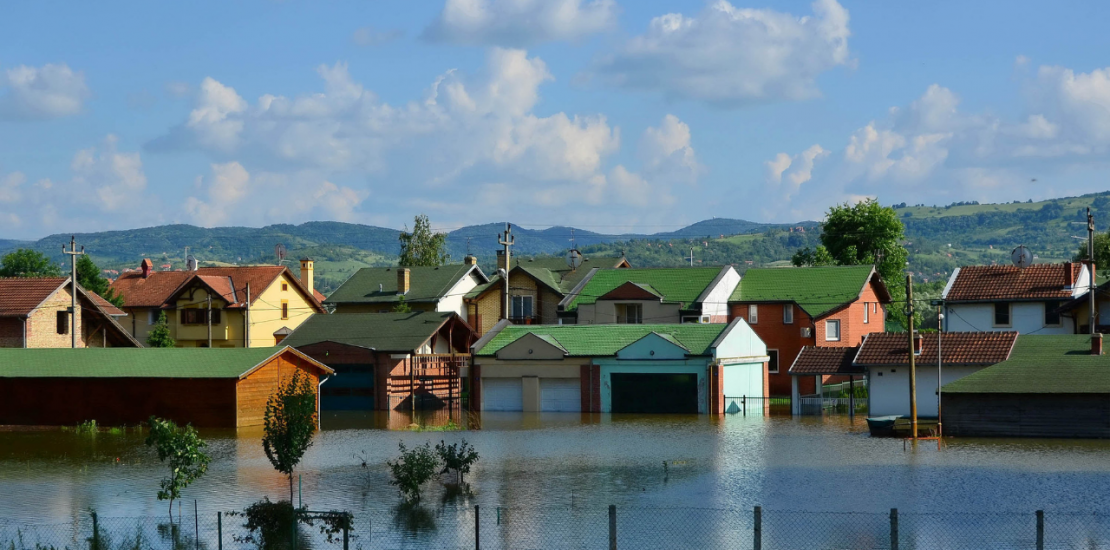
Report: Number of chronically flooded homes in the U.S. has jumped 20% in the past four years
A rapidly increasing number of federally insured properties have flooded repeatedly, a sign of the need for state and federal action to improve protections for homeowners, a Natural Resources Defense Council (NRDC) report shows.
NRDC’s interactive dashboard, Losing Ground: Severe Repetitive Flooding in the United States, uses data provided by the Federal Emergency Management Agency (FEMA) that identifies the most flood-prone properties covered by the National Flood Insurance Program (NFIP). This updated dashboard allows the public to see which communities have the most frequently flooded homes, and which areas are seeing the biggest increases in flooding now.
The dashboard shows 44,616 severe repetitive loss properties that have flooded five times each on average, with the NFIP paying to rebuild the home after each flood. As flood disasters have become more common, the number of these properties has jumped nearly 20 percent in the four years since the last release of this data.
“The bottom line is that the flooding risks to communities are increasing faster than officials are dealing with them,” said Anna Weber, a senior policy analyst at NRDC. “Homeowners desperately need new measures that can help them afford flood insurance, reduce the risk of flooding, and give those who want it a real opportunity to move to safer ground.”
Highlights of the data include:
- These properties are less than 1 percent of those covered by federal flood insurance but account for about 10 percent of NFIP’s claims – or about $10 billion total.
- Fewer than 25 percent of the repeatedly flooded properties have received assistance to mitigate their flood risks, while many more owners of these threatened homes have just dropped their flood insurance altogether.
- States that have been battered by repeated hurricanes have seen the biggest jump in these flood-prone properties, with communities in Florida, Louisiana, and Texas topping the list.
- Claims in just two states – Texas and Louisiana – accounted for almost half of the total payouts for these properties.
- Some states like Texas and Tennessee are seeing more repeatedly flooded homes in areas that FEMA flood maps indicate are at lower risk of flooding, calling into question the accuracy of these maps and the need to account for climate change’s influence on flood risks.
“Losing Ground” is an update to NRDC’s 2020 dashboard, which included data through May 2018 and represented the first time a full list of severe repetitive loss properties was made public. This updated version goes through the end of 2022, providing researchers, reporters, policymakers, and the general public the ability to access this public data through an interactive online dashboard.
The data demonstrates the urgent need for action on flooding, including:
- Federal legislation to update the NFIP to reflect the realities of climate change and address the affordability of flood insurance for those who can least afford to get it;
- FEMA regulations to update the minimum building code and land use standards for jurisdictions participating in the NFIP, which haven’t been substantively updated since the 1970s;
- Federal grant program updates to make funding for home buyouts and other forms of hazard mitigation faster, more accessible, and more equitable;
- State and local government action to establish and enforce their own strong building and land use codes, ensure residents have a right to know their home’s flood risk, and ban harmful practices like fill and build.
“The dramatic increase in the number of households facing costly and frustrating flood damage should be a wake-up call for lawmakers, FEMA, and state and local officials,” Weber said.
Here is a link to the NDRC’s flood data visualization tool:
https://www.nrdc.org/resources/losing-ground-flood-visualization-tool
